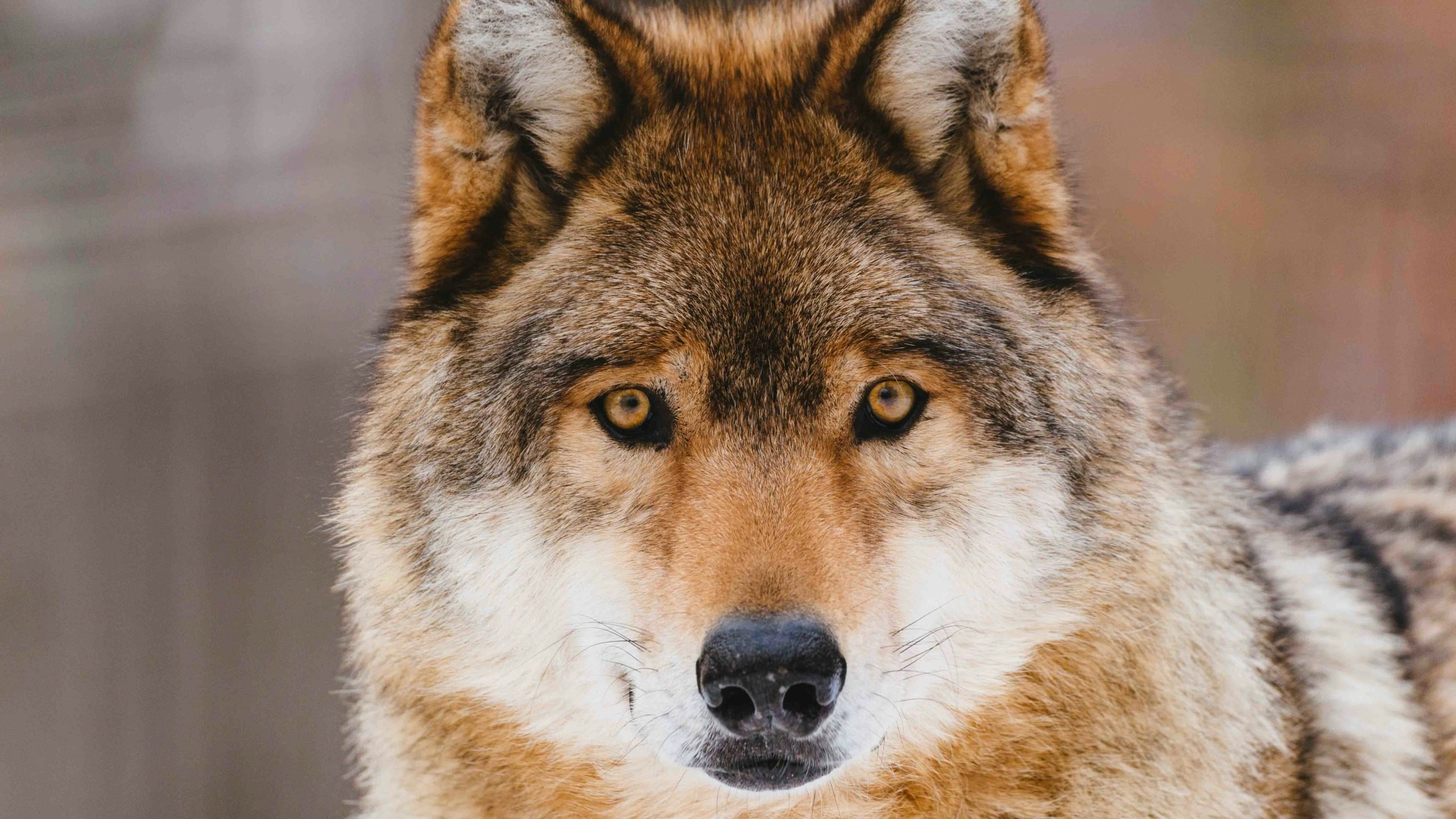Wyoming’s gray wolves will probably stay off of the endangered species list, said Gov. Mark Gordon.
Gordon, during a news conference held to announce the state will seek to remove Greater Yellowstone Ecosystem grizzly bears from the list, said he believes wolves have recovered to the point they do not need the protection afforded by the list.
“Wyoming wolves, like grizzly bears, have recovered under the state management and their population has continued to exceed all recovery requirements,” he said.
Earlier this week, the U.S. Fish and Wildlife Service announced that it would review the gray wolf’s status and review whether it should be re-listed under the Endangered Species Act.
But Gordon said the state met delisting criteria for its gray wolf population for the 19th consecutive year in 2020, maintaining a steady population of more than 300 wolves.
“Wyoming’s management strategies have established predictability and stability within the wolf population,” he said. “That lends credence to our balanced approach that conserves wolves and gives flexibility to landowners. We are confident the review will find Wyoming’s wolf management program has been highly successful in meeting our commitment to the long term viability of wolves in Wyoming.”
The state has at least 327 gray wolves, according to the most recent count. At least 147 of those wolves reside within the wolf trophy game management area, where the Wyoming Game and Fish Department focuses its management efforts.
The wolf population for Yellowstone National Park is estimated at 123 and the Wind River Reservation has around 21 wolves.
The wolf population is considered “recovered” when 100 wolves and 10 breeding pairs are found outside Yellowstone National Park and the Wind River Reservation.
Reaching a steady wolf population has been partially attributed to hunting in the northwest corner of the state, according to the gray wolf monitoring report published by the Wyoming Game and Fish Department. Wolf hunting seasons require hunters to have a license and adhere to set mortality limits and other regulations.
U.S. Rep. Liz Cheney said that the efforts to re-list the wolf as endangered were coming from the “radical environmentalist left” and demonstrated the need to reform the Endangered Species Act.
“In Wyoming and across the West, we know that the species has successfully been recovered and that states have demonstrated their proficiency to manage the species,” she said. “Activists should not be able to take advantage of the ESA’s loopholes. We must update this law to prevent this from happening and ensure that local stakeholders and states, as opposed to the federal government, are calling the shots when it comes to these decisions. I will continue to fight for needed reforms to the ESA to protect the people and interests of Wyoming.”
The Center for Biological Diversity celebrated the review for gray wolves’ protection, but expressed disappointment that more immediate action wasn’t taken.
“I’m hopeful that wolves will eventually get the protection they deserve, but the Fish and Wildlife Service should have stopped the wolf-killing now,” said Andrea Zaccardi, a senior attorney at the Center for Biological Diversity. “Anti-wolf policies in Idaho and Montana could wipe out wolves and erase decades of wolf recovery. We’re glad that federal officials have started a review, but wolves are under the gun now so they need protection right away.”





